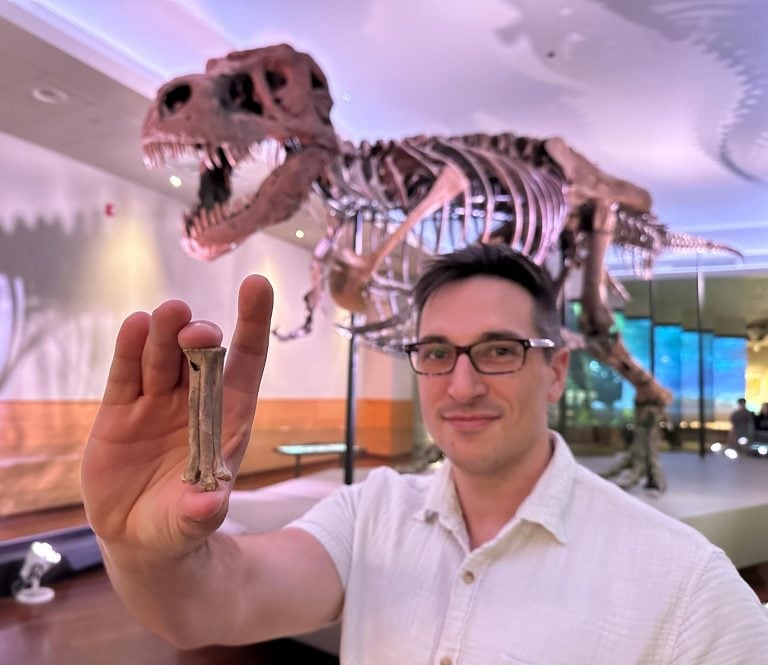A groundbreaking study has unearthed two new species of predatory birds that thrived in the Hell Creek Formation 68 million years ago, alongside iconic dinosaurs like Triceratops and Tyrannosaurus rex.
The Discovery
Led by Alex Clark, a PhD student at the Field Museum and the University of Chicago, the research team identified these ancient birds of prey through fossilized foot bones. The powerful bones suggest these birds could capture and carry off prey, much like modern hawks and owls.
Ancient Predators Revealed
Meet Avisaurus darwini and Magnusavis ekalakaensis, two newly described species that shed light on prehistoric bird life and survival mechanisms. These birds belonged to the avisaurid group, part of the enantiornithines, which went extinct with most dinosaurs 66 million years ago.
Fossilized Foot Bones Hold Secrets
The three fossil specimens, represented by a single foot bone each, revealed valuable information. A distinctive bump, the tubercle, indicated strong muscle attachment, characteristic of modern birds of prey.
Biomechanical Analysis
Clark’s team conducted biomechanical analyses, comparing fossil foot bones to modern birds. The results confirmed these ancient birds could lift small mammals and baby dinosaurs.
Implications
These discoveries:
- Double the number of known bird species from the Hell Creek Formation.
- Provide insights into why some birds survived mass extinctions.
- Reveal the complex ecosystem of the Hell Creek Formation.
The Study
Published in PLOS ONE, this research advances our understanding of prehistoric bird life and their adaptations.
Share Your Thoughts
What do these discoveries reveal about the evolution of birds and their survival mechanisms? How do these findings impact our understanding of the Hell Creek Formation’s ecosystem?
Reference
Clark et al. (2024). Newly identified avian predators from the Hell Creek Formation. PLOS ONE.

















